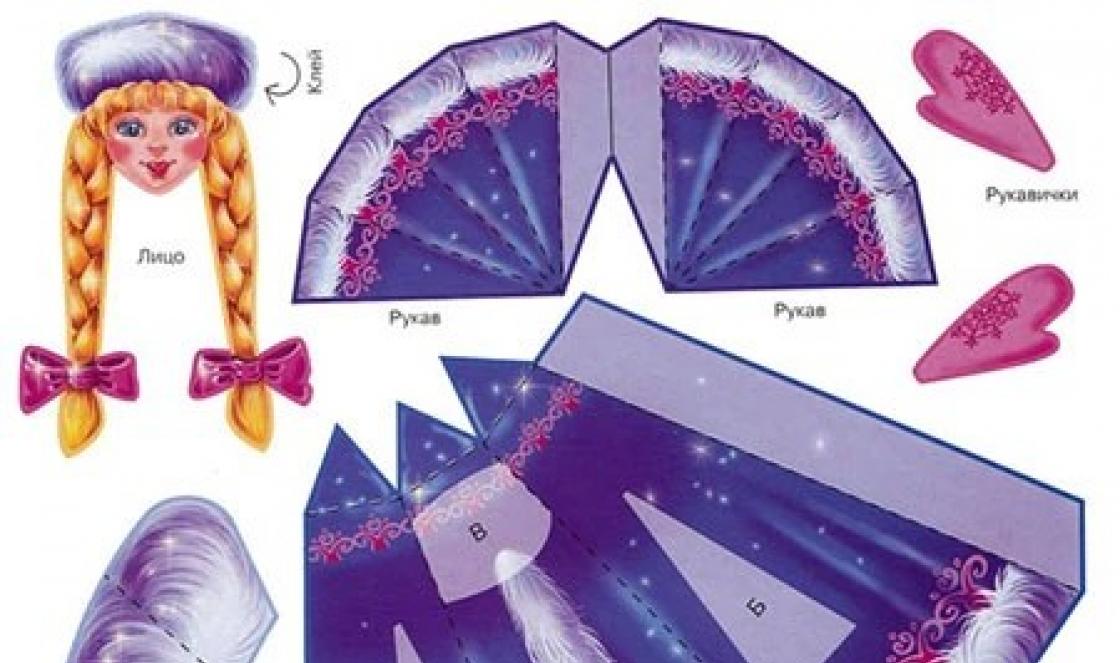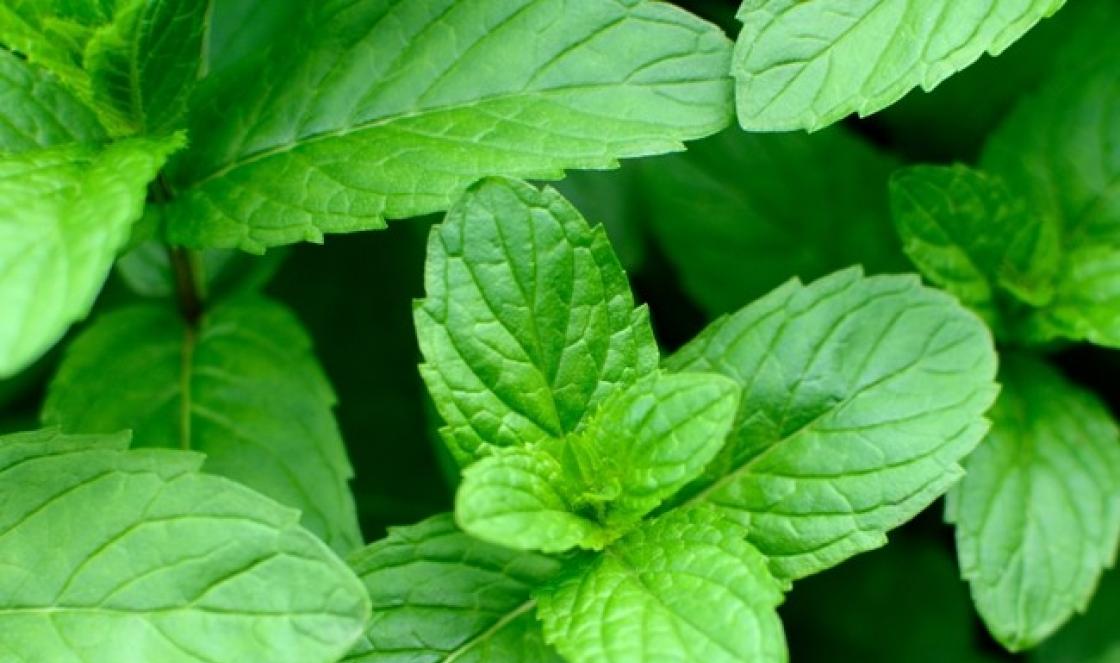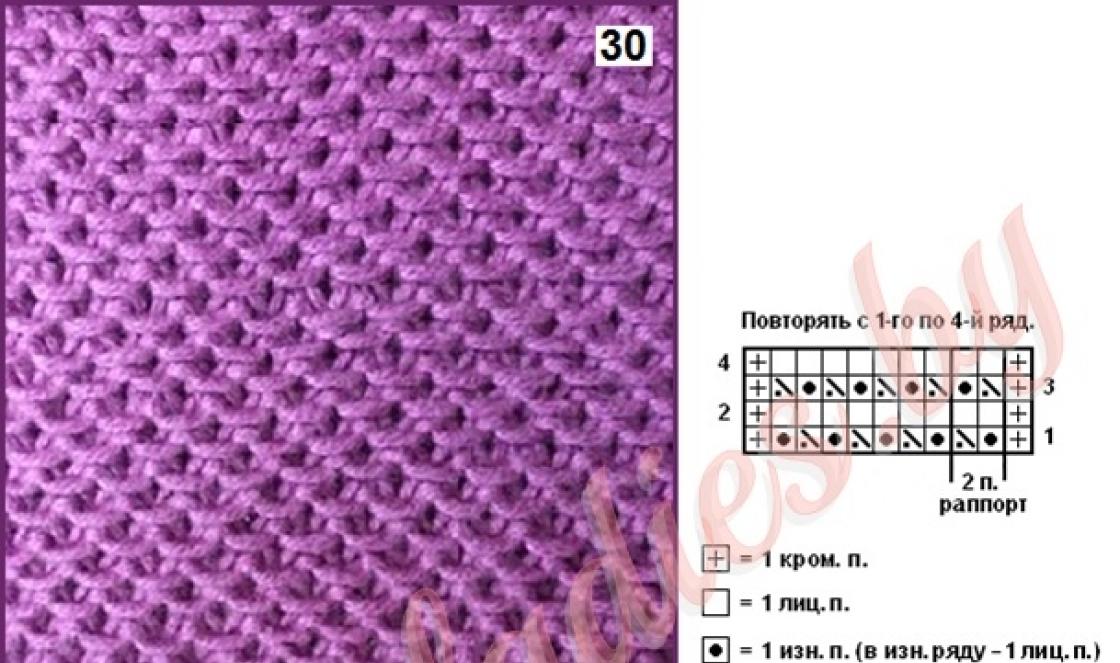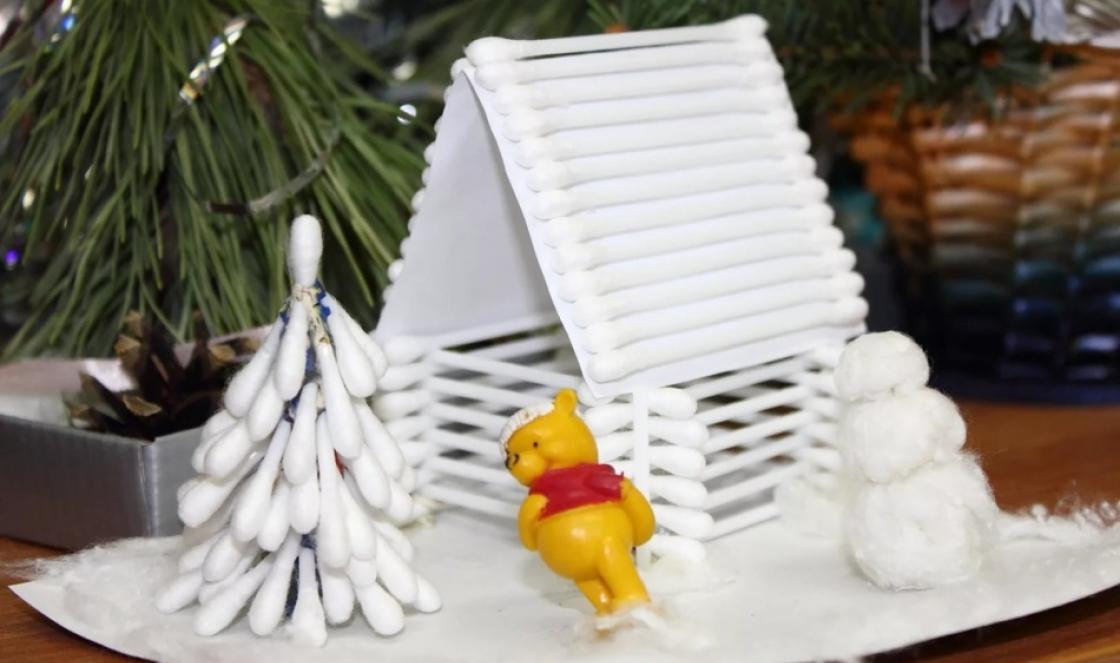How many of you remember the smell of the Red Moscow perfume? If you were in the USSR era, then you must have heard this smell at least once, because it was one of the most popular and famous perfumes of that time.
In this issue we will remember what other examples of old-school perfumery were used by people of the Soviet era. To some, these names will mean nothing, but for others, they were and remain the scents of yesteryear, which cannot be replaced by any modern scent from Dior or Chanel.

1. Cologne “Carpathians”. Lviv perfume factory. Strong, noble-Soviet smell.

2. “Perhaps...” perfume. Or maybe not perfume? Created in Poland and named after Eddie Rosner's popular song "Maybe". A floral bouquet with a delicate and airy aroma.

3. The legend of Russian perfumery - “Red Moscow” perfume. For some, these perfumes are a symbol of the era and longing for the old days; for others, they are a sign of conservatism. The trail of perfume blooms with aromas of iris and vanilla.



6. Perfume “Kuznetsky Most”. The charm of a classic! Top note: grapefruit, currant. Heart of the aroma: pineapple. Base: cedar, musk.

7. Perfume “Recognition” was created at the Novaya Zarya factory and is dedicated to the theater. In a light floral composition there is a declaration of love to the theater and woman. Citrus and fresh greenery with hints of white peony and jasmine are a hymn to beauty and emotions.

8. Perfume in the form of a table lamp is called “Lamp”. Plant "Flora", Tallinn.

9. Perfume “Darling”. Factory "New Dawn". Notes of freesia and incense.

10. Perfume “Charming Minx”. Factory "New Dawn". Tree moss, vanilla, coumarin.

11. Perfume “Persian lilac”. Factory "New Dawn". The noble aroma of lush lilac flowers.

Perfume and glass factory "Scarlet Sails". Quite a rich smell, in terms of impact it can only compete with Castaneda’s mushrooms. Enlightenment guaranteed.

13. Perfume “Lights of the Lighthouse”. Perfume and glass factory "Scarlet Sails". The perfume is light, watery and airy.

14. Chypre cologne. Created by the famous French perfumer Francois Coty. Having visited Cyprus, Coty decided to preserve the aromas of the island in his memory by creating the legendary cologne Chypre, or, in Russian, “Chypre”. The Soviet version of the cologne was significantly different from Coty's perfumery, but still had a strong and lasting aroma with notes of bergamot, sandalwood and oakmoss.

15. Vintage perfume “Queen of Spades” was made by perfumers of the “New Zarya” factory in honor of the 150th anniversary of A.S. Pushkin. A classic chypre scent with rich, juicy tones of oakmoss, patchouli and bergamot.

16. Perfume “Red Poppy”. Factory "Red Dawn".

20. “Stranger” perfume belonged to the luxury class and cost about the same as a small French perfume, so it stood on store shelves for a long time and was considered a “status” gift.
In Soviet and perestroika times, the range of perfumes was small: your mother will probably remember 3-4 brands of perfumes that she and all her friends used. For the sake of the coveted bottle, sacrifices had to be made: imported perfumes could cost as much as the average worker’s salary, and it was not easy to buy them.
We have collected 10 of the most popular fragrances from the past that you will be interested in learning about.
Climate by Lancome
The Climat fragrance was first released in 1967 in Paris. And in the 70s in the USSR it became a real hit and the most desired gift for a Soviet girl. There was a piquant legend that it was precisely this perfume that French prostitutes supposedly used! Moreover, in the film “The Irony of Fate,” Hippolyte gives Nadya that very perfume... Well, how can you not start dreaming about Climat after this?
Popular

As for the main notes of the fragrance, these are violet, lily of the valley, bergamot, rose, narcissus and sandalwood. By the way, the Lancome brand recently released a new version of Climat, which sounds very modern and will appeal to many.
"Red Moscow" factory "New Zarya"
This fragrance is perhaps considered the main symbol of the Soviet perfumery past. Now it seems to you that “Red Moscow” can only be used to repel mosquitoes, but earlier perfumes occupied a place of honor on the shelf of fashionistas.
There is a version that “Red Moscow”, first released in 1925, is directly related to pre-revolutionary fragrances. French perfumer August Michel allegedly created the perfume “The Empress’s Favorite Bouquet” especially for Maria Feodorovna, and after the revolution, “Red Moscow” was produced at the Novaya Zarya factory based on it.
This fragrance is based on jasmine, rose and spices. And the perfume can also be considered a real “bestseller” (though only because Soviet women for a long time had no other choice): in the early 30s, literally everyone smelled of it, decades later our mothers found the scent, and today it is released in such the same packaging as 90 years ago.
"Riga lilac" from Dzintars
If a young man, for financial reasons, did not give his girlfriend “French perfume” (meaning Climat, of course), then he probably opted for another, more budget hit - “Riga Lilac” by the Latvian brand Dzintars. This scent was also in short supply - it was brought exclusively from the Baltic states.
There is probably no need to talk about the key chords - from the name it is clear that it is lilac, lilac and again lilac. Subtle notes of cinnamon give the perfume a special charm, making the aroma spicy and “tasty.”
Opium by Yves Saint-Laurent
The classic Opium fragrance, released in 1977, was the creation of Yves Saint Laurent himself - the master controlled the process of creating perfume from start to finish, from perfume composition to bottle design. In Soviet times, only those lucky women who managed to “snatch” the coveted bottle had Opium: sometimes limited quantities appeared in department stores.
Today the first version of Opium may seem too harsh and intrusive, but the fragrance has many re-releases to suit every taste. The classic version with a pronounced oriental character was floral-spicy and had a slightly “medicinal” trail. This, by the way, was intended - Saint Laurent was inspired by the aroma of Japanese medicine boxes. And, of course, opium - let's be honest.
J'ai Ose by Guy Laroche
Another perfume that enjoyed special popular love is J’ai Ose, which appeared in 1978. Like Opium, the fragrance belonged to the oriental-floral group and was very fashionable. The perfume can rightfully be called legendary: Soviet girls with demanding taste chose it. Of course, J’ai Ose was successfully sold in Europe.
The heart of the fragrance contains sandalwood, patchouli, orris root, jasmine, vetiver, cedar and rose, and the chords of aldehyde, coriander, citrus and peach added an interesting sound to it.
L'Air du Temps by Nina Ricci
Perfume with a legendary lid in the shape of soaring doves was once the hallmark of the House of Nina Ricci, and even now it occupies a worthy place in the line of fragrances. The brand released L’Air du Temps in 1948, but the perfume appeared in the Soviet Union much later, although it was worth its weight in gold.
Like many perfumes of that time, L’Air du Temps is very rich and quite concentrated. Its most characteristic notes are clove and iris, which are harmoniously complemented by chords of bergamot, rose and jasmine.
Anais Anais by Cacharel
The delicate floral scent of Anais Anais, like other imported perfumes, appeared in the USSR shortly after perestroika, although the “decaying West” became acquainted with it much earlier - back in 1978. Be that as it may, our women immediately fell in love with it and for a long time was the most desired gift for March 8th.
Unlike most perfumes of that time, Anais Anais has an unobtrusive and fresh sound. Of course, because orange, currant, white lily, Moroccan jasmine and “green” shades are a very elegant combination.
Chanel No. 5 from Chanel
An eternal classic, a legend, a perfume masterpiece - there is a lot to be said about this famous scent. It was released in 1921 and is still sold to this day - such long-lived perfumers can be counted on one hand. The faces of the fragrance were many stars, from Coco Chanel herself to Nicole Kidman, Audrey Tautou and even Brad Pitt.
In Soviet times, many perfume lovers, of course, heard about these perfumes, but it was almost impossible to get them. That is why, after the restructuring of Chanel No. 5, as a symbol of luxurious life, enjoyed resounding success among Russian women.
Estee by Estee Lauder
Estee Lauder is the first American brand that managed to break into the USSR cosmetics market during perestroika. Women were immediately interested in the perfume with the laconic name Estee. And this despite the fact that it appeared in the USA back in 1968! But for Soviet ladies the scent was a hot new thing...
The floral aroma is based on aldehyde, coriander, rose, jasmine and iris. And cedar, ylang-ylang and honey are responsible for the interesting original sound... Your mother has great taste!
Mon Parfum by Paloma Picasso
Another popular scent that many women wore in the 80s was Mon Parfum by Paloma Picasso. This perfume was released by the daughter of the great artist Pablo Picasso, who has been designing jewelry for the Tiffany house for many years. But Paloma, like her dad, is a very gifted person, which is why she managed to create a cult product in the world of perfumery. The perfumes that were popular in Soviet times can still be found on store shelves today, but now instead of Mon Parfum they are simply called Paloma Picasso.
We are sure that you will also like this “mother’s” scent. The combination of notes of hyacinth, ylang-ylang, bergamot, angelica, rose and citrus is still relevant today.
Do you remember perfume aromas from Soviet times? Maybe someone even still has bottles of perfume made in the USSR?
Today, everything Soviet is often criticized, and there is a lot of reason for this, because it’s true that life in the USSR was not easy, associated with many trials. Making basic purchases was not as easy as it is now. Even chocolates, coffee or bananas were not as easy to obtain as they are today. What then can we say about clothes, handbags and perfumes!
Buying French perfume was literally a holiday for Soviet women. For us today this sounds strange, since you can go into a perfume store and buy whatever your heart desires. And no need to say that perfumes are still expensive today. It's not like that at all; today it's very accessible. A bottle of Guerlain fragrance can be bought for some 2-3 thousand rubles, which is an insignificant part of the average salary. And in the USSR, the cost of French perfumes could be a third of the average salary, and they were not sold in public stores, so when buying perfumes, Soviet women also had little choice.
Just imagine a modern store with only 4-5 types of perfumes! Life was so harsh in the USSR. True, today we will not scold the Soviet Union, so much has been said about this, everything that was Soviet has already been mixed with dirt and this is also not good. Whether life was bad or good in the USSR, this is part of our history, in which there was bad, but there was also good, there was a place for feat, selfless work and heroism.


Today we will remember Soviet perfumes that were made in the USSR. Not French perfumes, but the aromas of our factories. In the USSR, these fragrances were more affordable than French perfumes, and today original Soviet perfumes are more expensive than the average French perfume.
Why does this happen? There are several reasons: firstly, it is not so easy to purchase original perfume from the times of the USSR, it is somewhat rare, and secondly, Soviet perfumery was made from higher quality components than today's fragrances. For the production of Soviet perfumes and colognes, natural ingredients were often used, and production was regulated by GOST requirements, therefore the perfumes were of high quality.

Many bottles of Soviet perfumes, released 30-40 years ago, still preserve the aromas of the past to this day. Such perfumes can be purchased at various online auctions and in specialized stores. And for perfume connoisseurs, these fragrances become collector's items. In some collections, the amount of vintage perfumes - Soviet, French... is measured in hundreds of bottles!

What about current fragrances, modern perfumery?
Now, in pursuit of profit, perfume companies are trying in every way to reduce the cost of production, saving on everything possible - on the bottle, on the box and on the aroma itself.






"Blue fog. Snow expanse,
Subtle lemon moonlight.
The heart is pleased with quiet pain
Something to remember from my early years.” S. Yesenin.
From time to time, each of us mentally returns to the past, remembering old times. For many, this happens on New Year's Eve. But today we will not indulge in nostalgia, philosophize, be sad and yearn. Today we will indulge in the most pleasant memories, which will evoke the warmest feelings in most of us.
We will remember what perfumes our mothers and grandmothers used. What perfumes did women in the USSR love? Militta's readers, who are 30+, remember the fragrances that stood on the dressing table of their mother or grandmother.
Basically, many women of the 60s and 70s still had fragrances from our domestic manufacturers on their dressing tables. Perfume such as “Red Moscow”, “White Lilac”, “Silver Lily of the Valley”. Gradually they became a legend in Soviet perfumery, and for a long time enjoyed success among women. And once upon a time their appearance became a whole event in Soviet life.
Perfume “Red Moscow” were appreciated in Europe in 1958, 33 years after their release. Then they received the Grand Prix in Brussels. “Red Moscow” is the calling card of Soviet perfumery, real chic, and a scent with history.
Perfume "White lilac" appeared in 1947. Everyone still remembered the tragic events of the last war. And suddenly - this smell, as if the smell of spring, freshness, soaring over a devastated country, like the triumph of victory. But the White Lilac perfume remained unknown in Europe.

Perfume “Silver lily of the valley” They also became classics of Soviet perfumery, and one of the most sought-after fragrances of that era. In the 50s, to some extent, thanks to Dior, femininity became an ideal, and “Silver Lily of the Valley” personified this style. These perfumes became the hallmark of the Leningrad perfume factory “Northern Lights”.
The smell of lilies of the valley was wafted about a year and a half apart - first in the USSR, and then in France. The aroma of modest forest flowers is a combination of many aromatic substances. “Lily of the valley silver” appeared in the USSR in 1954, and in 1956 the smell of lilies of the valley was heard in France from Dior. It was "Diorissimo". Josef Stefan Jellinek wrote about them: “Lilies of the valley smell like that only in heaven.” “Diorissimo” appeared in the USSR only in the 70s.
For Soviet women, imported perfumes were the stuff of dreams. For the most part these were spirits from “fraternal” socialist countries. But there were very few of these scents; most often they were perfumes from Poland and Bulgaria. And it was a pleasure to buy them. Because our perfumes “White Lilac”, “Silver Lily of the Valley” and many others, which appeared in the best quality, were gradually simplified due to changes in compositions. And this was done to increase production output (the five-year plan had to be fulfilled, and better yet, ahead of schedule).

The most popular in the 70s were the Polish perfumes “Pani Walewska” and “Perhaps”.
Perfume "Pani Walewska" were released in the 70s in Krakow. Maria Walewska is the Polish lover of the French Emperor Napoleon Bonaparte. Maria’s appearance is described by contemporaries as follows: “Charming, she showed the type of beauty from the paintings of Greuze. She had wonderful eyes, mouth, teeth. Her smile was so fresh, her gaze so soft,..."
Perfume "Pani Walewska" became incredibly popular in the 70s and 80s. Therefore, for many women of that time they remained a memory of youth and luxury. The composition of the fragrance included jasmine, lilies of the valley and rose, surrounded by a rich trail. Today, the perfume “Pani Walevska” can be purchased; it is still produced, and in three versions. One of them is called Pani Walewska Classic.

Perfume "Maybe". Eddie Rosner was considered the best jazz trumpeter in Europe. During World War II, a Polish Jew ended up in Belarus, where he gathered refugee musicians and organized Bialystok jazz, which later became the State Jazz of the BSSR. The first concerts - and immediate success.
When jazz appeared in Moscow, there was a stir at the ticket offices. The comedy "Carnival Night" was voiced by musicians of the Rosner Orchestra. The Soviet pop orchestra conducted by Eddie Rosner performed in Krakow in 1955. Its soloist was the aspiring singer K. Lazarenko, she performed a song called “Maybe,” which Rosner wrote for her.

The Poles liked the song so much that after a while they released a perfume with the same name. And the perfume, in turn, became the favorite Polish scent in Russia. The composition is floral-chypre. Today these perfumes are produced by the Miraculum perfume factory, but the aroma is still different from its predecessor.
"Signature" Bulgaria
“Signature” is produced by the Bulgarian factory “Alen Mak” (Scarlet Poppy). These perfumes have also won the hearts of perfume fans, just like Polish scents. The smell reflected the era; elegance and sophistication were now in fashion. The composition contains Bulgarian rose, accompanied by aromas of tulip and mandarin, with a luxurious trail of iris.

Climate Lancome
In addition to the Diorissimo scent, Soviet women were able to smell another French masterpiece - Climat from Lancome. These perfumes were released in 1967, and in the USSR they could only be purchased in the late 70s, and even then not for everyone. They cost serious money at that time, and were also in short supply. And still, there were many women who bought the amazing scent.
The deep and delicate aroma of the perfume, the composition of which included violet, peach, lily of the valley, jasmine, aldehydes, rosemary, sandalwood, tonka bean, seemed worthy of this cost and was purchased when possible. Climate was the scent of luxury. Today it can be purchased in a vintage version, and its price still remains high. As we see, you have to pay for memories.

Undoubtedly, perfumes produced in the USSR also enjoyed success.
Perfume "Elena"
The Elena perfume from the Novaya Zarya factory was extremely popular among Soviet women in the 80s. The mysterious composition was released in 1978. Perfume belongs to the fruity-floral group. They feel lightness and freshness, romance and mystery. A woman with this fragrance should have uniqueness, elegance and perfection. She should also be a sweet, gentle and sensitive person.
These perfumes are suitable for women of any age - both mature and serious ladies and young, gentle creatures. The sophisticated composition captivates everyone. It contains black currant leaves and berries, lily of the valley, rose and jasmine, Virginia cedar, musk, tobacco leaf, sandalwood and amber. Today you can buy vintage perfume "Elena" from the "" factory.

Perfume "Tete-a-tete"
These perfumes were released in 1978 by the Novaya Zarya perfume factory together with French perfumers. They enjoyed the special favor of Soviet women. The perfume is more suitable for the fantasy, oriental group of aromas.
The initial release of “Tete-a-Tete” can be described as gentle, soft, they evoke dreaminess. They intertwine fresh notes of greenery and tangerine with the rich aroma of ylang-ylang and jasmine. Shades of rose add tenderness and charm. The scent trail is vetiver, patchouli, musk, amber, moss and sweet vanilla. Vintage perfume “Tete-a-tete” - for dreamy and sensual women.
One cannot forget the fragrances loved by Soviet women from the Latvian perfume factory Dzintars. For example, “The Secret of the Riga Woman”, “Compliment”, “Caprice”, “Coquette” and many others. These perfumes awed women almost as much as French perfumes. And, as they said then, it was easier to get (not to buy, but to get) them than French perfumes, and their cost was lower, although considerable.

Fragrance “The Secret of the Riga Woman”
The main components are rose and violet against a background of lily of the valley, jasmine, iris, magnolia flowers with a rich trail of musk and sandalwood. The perfume was released in 1987 and continues to be produced today. It used to be considered a classic in the 90s. While still at the final stage of development, the perfume “The Secret of Rijanka” was evaluated at an international competition in Paris. It was a passionate, exciting aroma with a mysterious note of bitterness.
What do those who remember them in the 90s say about them? Most women believe that a modern scent is different from the one they encountered in their youth. They say that he is not so warm and sensual. However, note that we have also changed since the 90s. One thing is clear - some people like it, others don’t. But the perfume is elegant and feminine.

Currently, we have a huge selection of perfumes and, in general, those things that make us unique and original. You can choose an expensive and exclusive perfume, touch the magical magic. Enchanting scents have always been in fashion. And today they are available to many of us.
It is not difficult for modern women to be attractive. But it was much more difficult for our mothers and grandmothers. They had to “get” high-quality and fashionable things, including perfume.
Now some of the fragrances from the 50s to the 90s continue their lives. Maybe they exist for those who remember them and try to preserve their lost youth by touching these aromas...
“...It’s still as if I’m saving
Lost youth in my soul..."
“...Let your heart forever dream of May
And the one that I love forever.”





